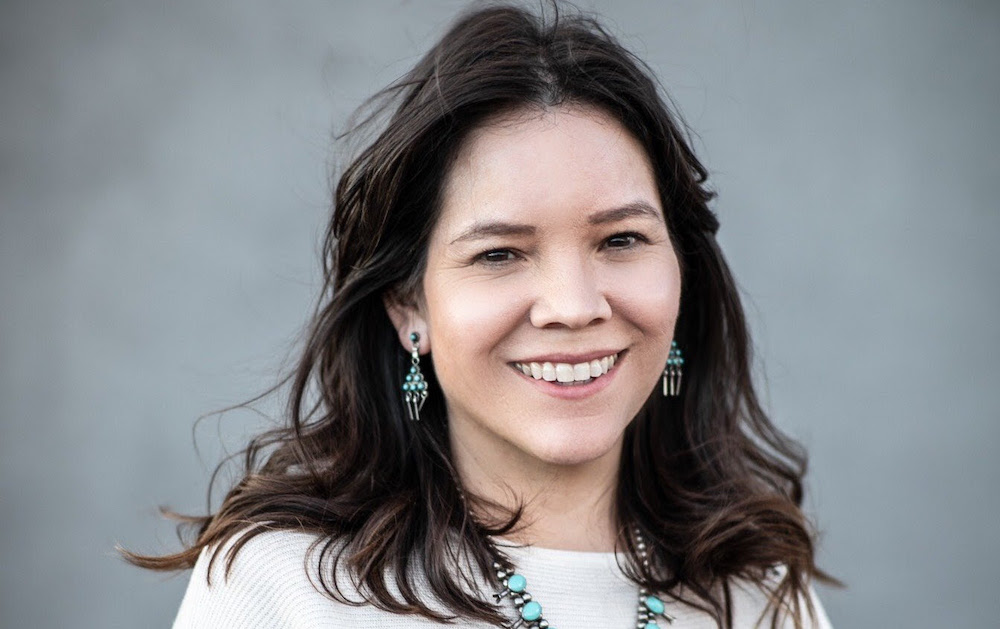
- Details
- By Chez Oxendine
- Finance
What do you do when your microloan fund suddenly grows by 1,650%?
That’s the question facing Change Labs Executive Director Heather Fleming as her Tuba City, Ariz.-based business incubator leaps from managing a $400,000 loan fund to deploying $7 million in new capital for Navajo entrepreneurs. “We’re trying to figure out what our lending programs look like in the future,” Fleming said. “It took our kinship lending loan fund and multiplied it.”
And that $7 million? It’s just the first tranche of what could become $21 million in lending capital.
Fleming spoke with Tribal Business News to talk about what this expanded lending capacity means for Native business owners across the Navajo Nation. This interview has been edited for clarity and brevity.
Congratulations on the expansion. It’s a big step up from the kinship lending program that was capped at $10,000 for individual loans. What kinds of businesses are you hoping to reach now that you can make larger loans?
I know that, in our discussions with the Navajo Nation, we are anticipating that the construction industry and tourism industry (will need) loans for working capital, loans for equipment, or even just bridge financing while they're waiting on contracts to pay out. I think it does diversify the base of entrepreneurs that we serve, but we still have a goal at Change Labs that this money will go to business owners on the reservation. The SSBCI dollars allow Change Labs to reach different business owners, so it's too early to say.
How exactly is the funding structured? Can you walk through the numbers?
Navajo Nation’s overall allotment is around $89 million, which they’ve split into three tranches. We were issued $7 million in the first tranche of funding, and ultimately we’ll be responsible for $21 million across the whole program. But we have to show that the program is needed first — we only “unlock” the second tranche (and then the third) once the first one is used.
How did you put together the network of lending partners?
Change Labs is not a financial institution. We knew we'd need to bring on partners — all SSBCI dollars require a 1:1 capital match. (We found) lenders who are interested in providing loans to our communities but needed some sort of incentive. We help them tap into this market, and we also decrease their risk by either participating in or guaranteeing those loans.
Break down each of these lending partnerships — how does the capital flow?
In the partnership with Nusende Credit Union, Change Labs can underwrite our kinship microloans up to $50,000, and Nusende services those loans. This allows us to scale up our existing micro loan program using the SSBCI funding.
For Native Community Capital, they have an existing pipeline of deals and entrepreneurs they've been working with. Change Labs is partnering with them on a loan participation program, where they handle underwriting and servicing the loans, and we participate in those loans to help decrease (their) risk.
With First Southwest Bank, they are focused on larger loans in the $100,000 to $500,000 range. They handle the underwriting and servicing of those larger loans, while Change Labs provides a 50% loan guarantee to help mitigate the bank's risk on those deals.
What does success look like, beyond just issuing bigger loans to folks?
What I'm most excited about is that our partnership with the Navajo Nation ensures we get to keep every dollar we deploy at the end of the program’s ten years, assuming it's paid back. That essentially guarantees us a revolving loan fund in perpetuity. The most exciting thing about SSBCI is that it (created) this multi-million dollar loan fund for business owners on the reservation through a program designed specifically to reach them.
So this could keep growing beyond the initial federal funding?
The fund will be there in perpetuity and, with that initial investment of federal dollars, it becomes easier to secure additional dollars from other sources. That's what I'm most excited about.
